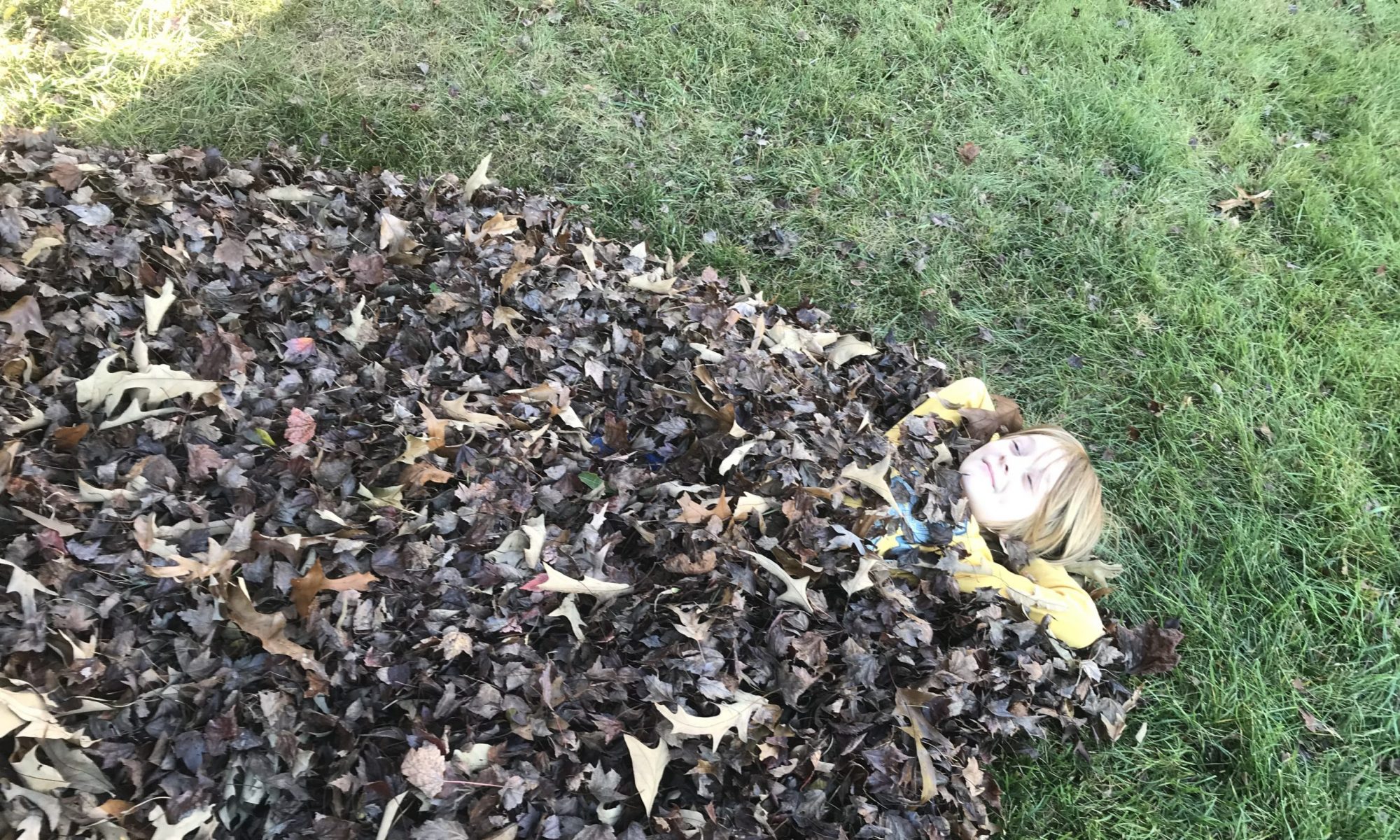
Every once in a while life presents me with experiences in groups of three; three different events that on their own are important but when considered together provide a unique perspective.
My most recent trifecta epiphany started when I decided a little reading before turning off the light at night might help me drift off a bit more directly. Having heard that using digital devices before bed could interfere with sleep, I decided to grab a paperback instead. Since acquiring a Kindle many years ago, my supply of unread books is pretty limited so I grabbed the first one I saw on the shelf, a statistical study of the antebellum free black population of Amherst County, Virginia called Strangers In Their Midst by Sherrie S. McLeRoy and William R. McLeRoy. It’s a dry read, perfectly suited to directing my mind away from my own concerns an as I’d hoped after a few pages, my eyes began to blink indicating that it was time to turn out the light.
That isn’t to say the book is boring, because it is not. In fact, the information it contains is really fascinating. I’d never considered the possibility that there would have been any population of free blacks living in Virginia or any Southern State before the Civil War. But there were. And despite the fact that they were living in a place where most blacks were enslaved and not surprisingly there were laws in place restricting almost every aspect of their lives , many of these free blacks were successful people who owned property, paid taxes and made meaningful contributions to their community. Somehow they managed to overcome the obstacles in placed in their paths just as countless other oppressed peoples have throughout history. I’m finding that I’m looking forward to my fifteen minutes or so with this book every night. I am glad it’s a slow-go.
The second part of my trio came last Thursday morning in the form of a question from an Afro-American friend of mine. He asked me how I felt about a recent announcement in the news that the Ku Klux Klan has planned a rally in Charlottesville to protest the renaming of two city parks from Lee and Jackson Parks to Justice and Emancipation Parks. A very tough question to answer.
After a brief discussion, we both concluded that the Freedoms of Speech and Assembly guaranteed by the US Constitution must outweigh any repugnance we may feel about any group. But I couldn’t help feeling it was a little easier for me to feel that way since historically my family hasn’t been a target of the hate and fear mongering the Klan propagates. Perhaps I’d feel much differently had someone in my family been dragged away by a hooded crowd or a cross left burning in our yard.
The final part of my trifecta came later that evening when Dave and I headed off to James Madison’s Montpelier. We’ve been members of Montpelier for a couple of years and have enjoyed the special events they host for members. Last night we were treated to a special viewing of their newest addition; an exhibit entitled “A Mere Distinction of Colour” which chronicles the lives of some of the enslaved people who lived and worked on the plantation.
Maybe it was the complementary glass of Viognier I sipped as I strolled the path leading from the Visitors Center to the lawn of the grand home or perhaps it was the sum of my previous two experiences that had me fighting back tears as I watched the short introductory video that began my tour. In any case, I found myself connecting with the enslaved population of Montpelier and was struck hard when I saw my first name flash by on a roster of enslaved people.

I believe the folks at Montpelier have done a very good job of humanizing the enslaved peoples who lived and worked there. While there is no question that institution of slavery was anything but humane and systematically dehumanized the individuals who were enslaved, the furnishings in the cabins on the South Yard of Montpelier and the many interactive displays clearly show the humanity of these people who lived there, their hopes and dreams, their struggles to maintain their families and their herculean spirit that allowed them to persevere. It is not a romantic vantage point, but a balanced one.

I know that as a white woman, there is little in my life or family history that can remotely compare with what it must have been like to have experienced anything as obscene as enslavement. I could argue that throughout history women of all colors have been oppressed and continue to be in some parts of the world today; like that would give me some perspective.
And I suppose there are some who fail to see the necessity of visiting places like Montpelier to do anything other than look at the architecture but I think this exhibit has helped us better understand the reality that these were not simply a group of “slaves” who lived at Montpelier. There were men, women and children who lived their lives not for the benefit and enrichment of themselves, but for the livelihood and benefit of other people who made all the decisions affecting them, with little or no regard for their desires.
For us today, it is difficult to understand the mindset of the slaveholders and some even perhaps naively believe this is an episode from our past that should be forgotten and put to rest. But as the old line goes, if you don’t know your history, you are doomed to repeat it. This is not a legacy that I think any of us would care to repeat.
